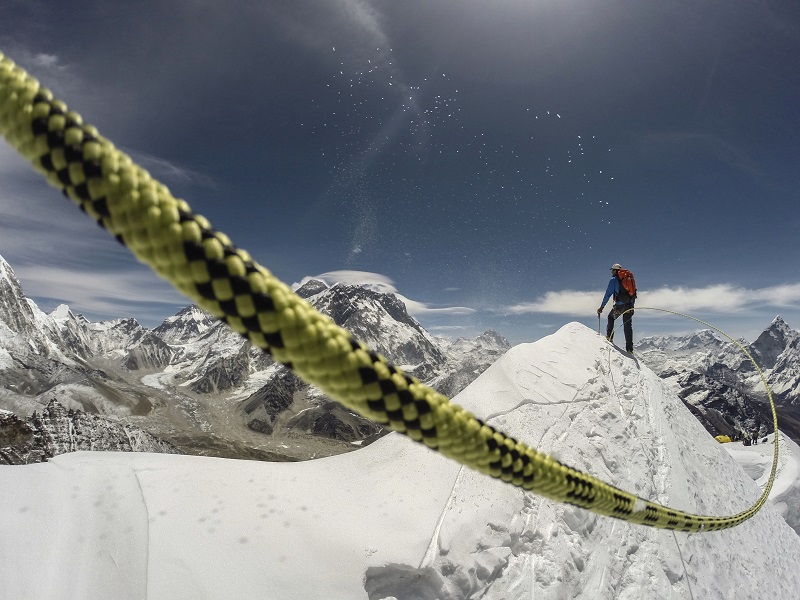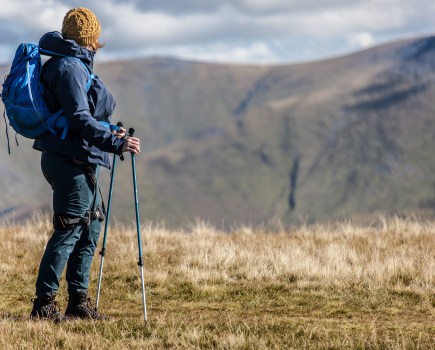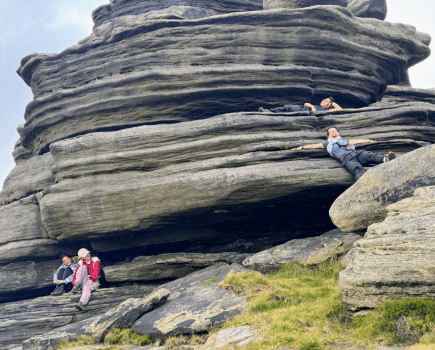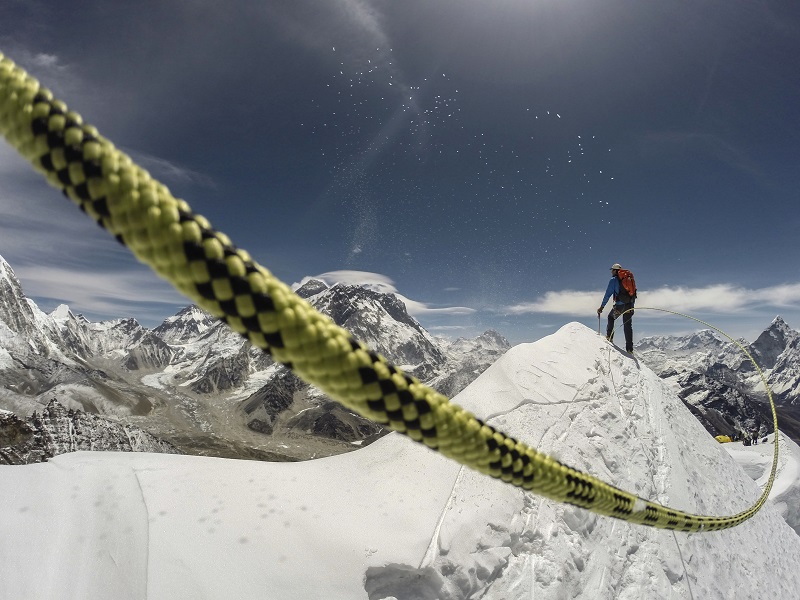
In the wake of the new documentary, Sherpa, Isobel Duxfield spoke to Norbu Tenzing Norgay about the relationship between Sherpa and mountaineer and what the film means for Nepal’s Sherpa community
At 6.45am on 18th April, 2014, a 14 million ton block of ice crashed down onto the climbing route through the Khumbu Icefall, killing 16 Sherpas. It was the worst tragedy in the history of Everest.
The BAFTA nominated film, Sherpa, from Director Jennifer Peedom shows how the Mount Everest’s Sherpa community united in grief and anger to reclaim the mountain.
In the wake of the new documentary I spoke to Tenzing Norgay’s son, Norbu Tenzing Norgay, Vice President of the American Himalayan Foundation, on the relationship between Sherpa and mountaineer and what this film means for Nepal’s Sherpa communities.
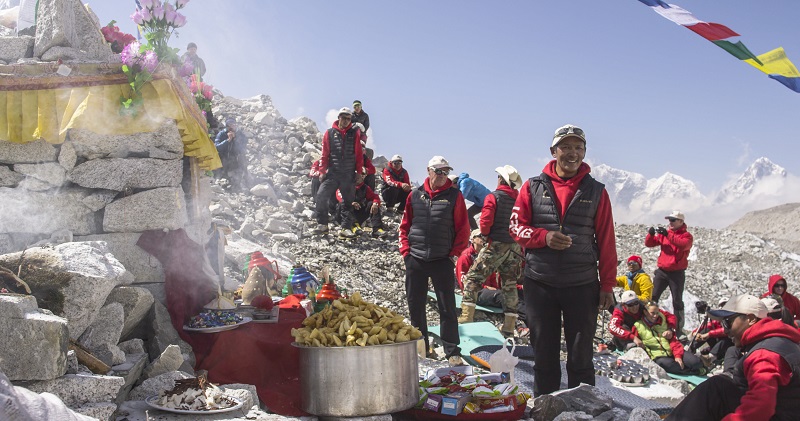
What are your feelings about the documentary Sherpa?
“I am grateful to the creators of it. They’ve told a narrative that has needed to be aired for a long time. I’ve sat with members of Sherpa communities while they’ve watched the film and it has moved them to tears. For so long they have been unable to voice the perils that they face each time they assist climbers up this increasingly popular route.”
You’re Vice President of The American Himalayan Foundation; what has it been doing to help with restoration efforts following the earthquake. How have these been coming on?
“Rebuilding the infrastructure will take a long time. There was a great emergency response after the earthquake and we are now in the process of building new schools and monasteries. We anticipate that by 2017 a significant amount of the work will be completed.”
There’s been pressure on the Nepalese government to assists Sherpa communities. Do you think there have been tangible improvements?
“It’s true after mounting pressure the government has made implemented changes in Sherpa income and insurance premiums. However these are not nearly enough. Despite increasing life insurance premiums from $10,000 to $15,000 this is still hardly enough to cover funeral costs and families do not benefit at all. Sherpa’s still receive an average of just $5,000 per year. For an elite climber like my cousin, who has climbed Everest 21 times, this is simply not good enough. The government is only motivated by the royalties they receive from these climbers and the money filtering down into local economies is still minimal.”
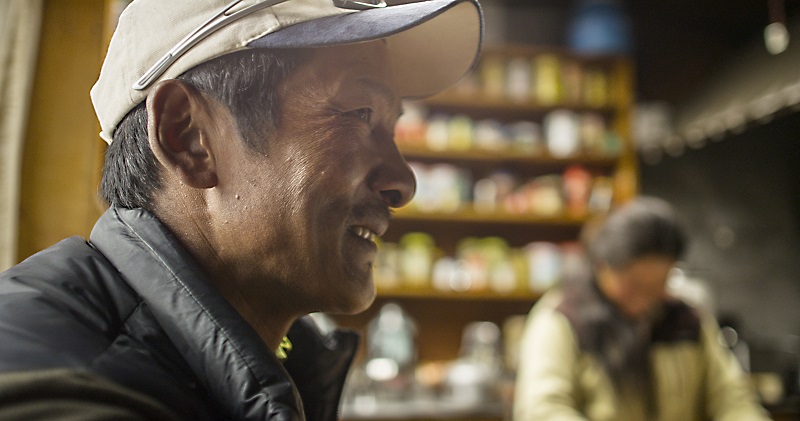
What else needs to be done?
“The risks Sherpas face need to be reduced. Every time they climb the mountain they are playing Russian roulette with their lives. The hundreds of people who climber Everest today expect a quality service. Sherpas carry luxury items like coffee machines and heaters! A Sherpa will pass through the ice fall on Everest about 32 times, while his companion will pass through just twice; for this he is paid just $32. Sherpas need to have better safety and emergency medical training. I think in the next few years you will see Sherpas wanting a bigger piece of the pie.”
What are the barriers preventing Sherpa communities from securing improvements?
“The Sherpas still have no voice; at the moment there is nobody to represent them. The economy is controlled by the large tour operators who continuously attempt to undercut their rivals. In order to make an impact Sherpa’s must unite together. However this will be hard.”
Do you think this documentary has changed attitudes about climbing the world’s tallest mountain?
“We have not seen a change yet, this is a process that will take time, and we will not have a solution overnight. For so long ‘summiting’ the world’s highest peak has been a much desired adventure. However I think this will change people’s attitudes towards climbing Everest. No longer will it be ‘cool’, people will try and find new peaks to attempt. This documentary exposes the reality and will educate us about what climbing Everest really involves.”
Your father had a strong relationship with Hillary. What do you think he would have to say about the current situation?
“My father would be dismayed and disappointed with how many Sherpas are being treated and the reluctance to provide assistance. I think he would call for change and more respect between Sherpa and climber. If you are only motivated by reaching the top at all costs you lose sight of the real reason for climbing.”
Image copyright of Discovery Communications

